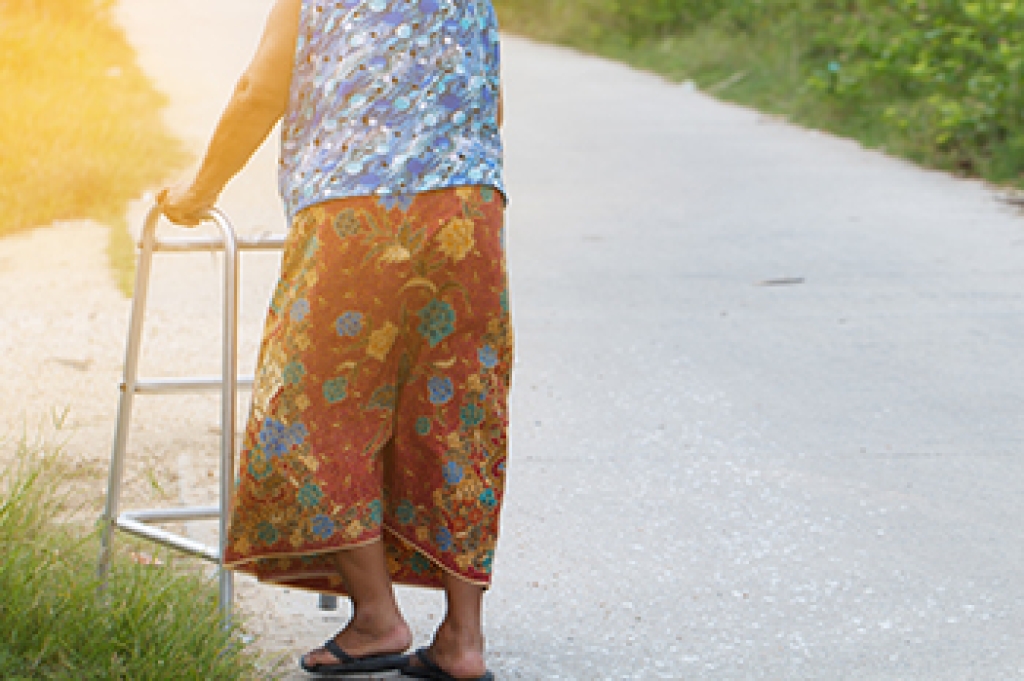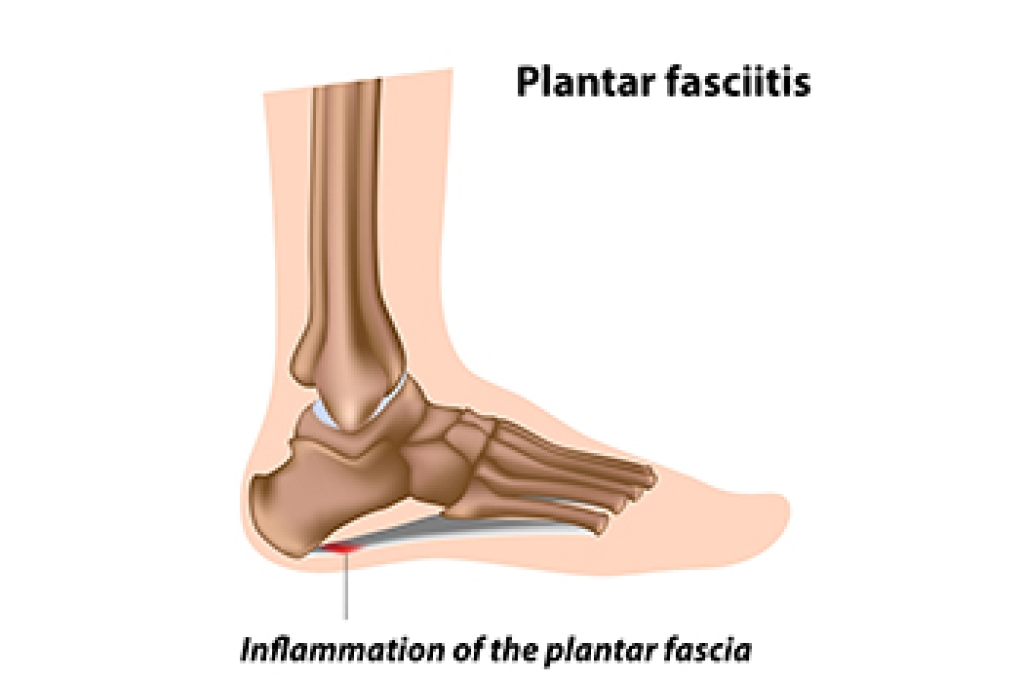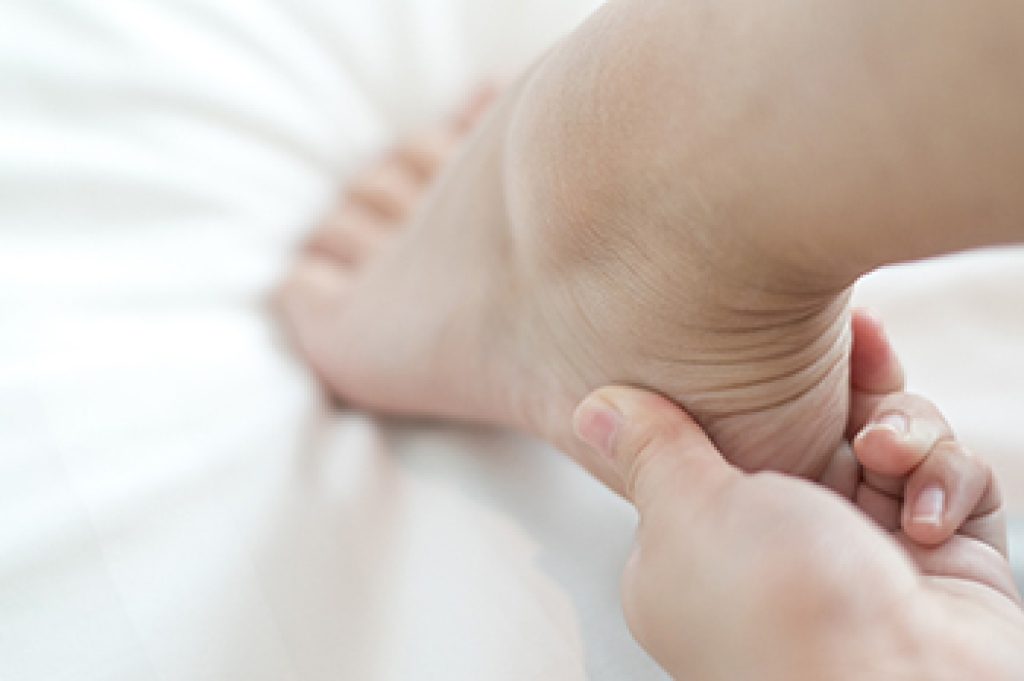
It is common for the elderly to fall. Research shows falling is the top cause of fractures and major injuries among the elderly population, and they primarily happen at home. Effective fall prevention methods can be implemented to help to reduce falling incidents. Keeping the body strong through regular exercise and stretching routines are beneficial in preventing many falls. Additionally, it is helpful to remove worn rugs, improve lighting in the living environment, and refrain from wearing slippers or walking barefoot. The bathroom may become safer when grab bars are installed in the shower and toilet area. Health can be maintained when regular physical and eye examinations are performed. This can also help to monitor existing medications and update eyeglasses if needed. Falling can impact the feet, and If you would like to learn more about successful fall prevention techniques, please confer with a podiatrist.
Preventing falls among the elderly is very important. If you are older and have fallen or fear that you are prone to falling, consult with Kentston Cripe, DPM from Roseville Foot & Ankle. Our doctor will assess your condition and provide you with quality advice and care.
Every 11 seconds, an elderly American is being treated in an emergency room for a fall related injury. Falls are the leading cause of head and hip injuries for those 65 and older. Due to decreases in strength, balance, senses, and lack of awareness, elderly persons are very susceptible to falling. Thankfully, there are a number of things older persons can do to prevent falls.
How to Prevent Falls
Some effective methods that older persons can do to prevent falls include:
- Enrolling in strength and balance exercise program to increase balance and strength
- Periodically having your sight and hearing checked
- Discuss any medications you have with a doctor to see if it increases the risk of falling
- Clearing the house of falling hazards and installing devices like grab bars and railings
- Utilizing a walker or cane
- Wearing shoes that provide good support and cushioning
- Talking to family members about falling and increasing awareness
Falling can be a traumatic and embarrassing experience for elderly persons; this can make them less willing to leave the house, and less willing to talk to someone about their fears of falling. Doing such things, however, will increase the likelihood of tripping or losing one’s balance. Knowing the causes of falling and how to prevent them is the best way to mitigate the risk of serious injury.
If you have any questions, please feel free to contact our office located in Roseville, CA . We offer the newest diagnostic and treatment technologies for all your foot care needs.




